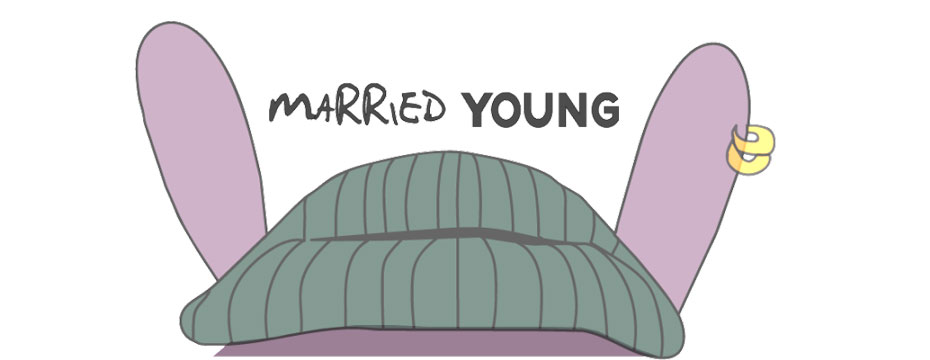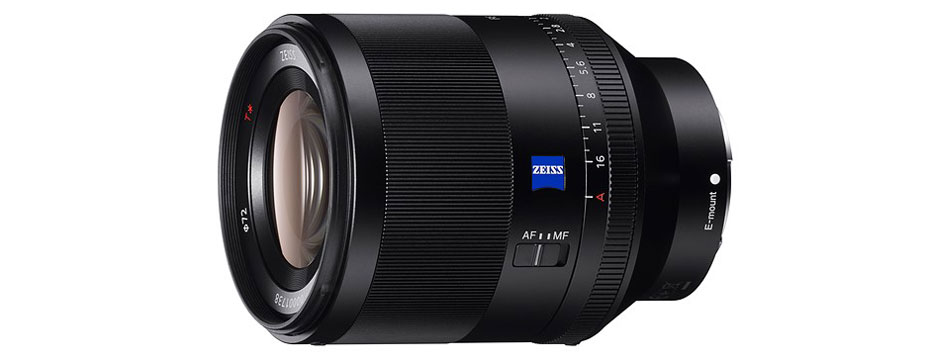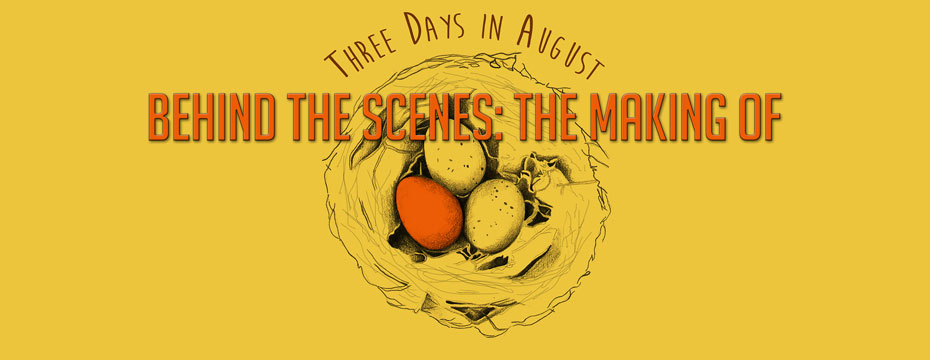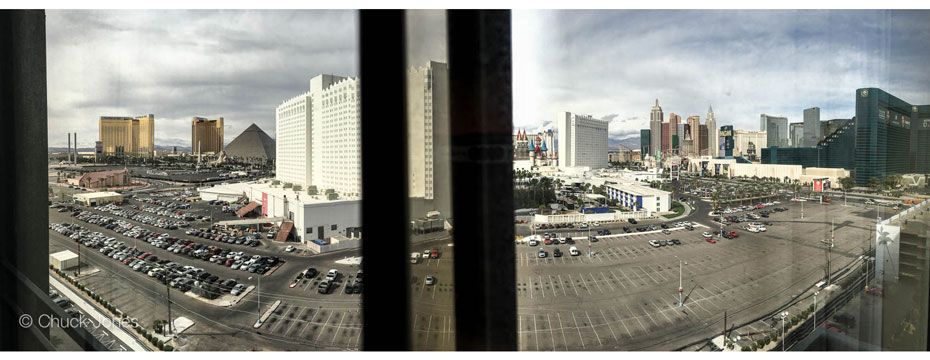
ANATOMY OF AN INDIE – Suspension of Disbelief
At the core of Western Narrative Filmmaking is an unspoken contract that filmmakers make with the audience. It is called “A Willing Suspension of Disbelief.” What that means, is that I, as a filmmaker, am going to do everything possible to make the image look natural. I will do everything possible to create and further the illusion that what we are seeing is real. The audiences’ part of the contract is to believe. They are willing participants in the ruse. We all know that this isn’t reality. We know that James Bond is a character and that romance doesn’t really happen the way it does in comedies – but for 90 minutes (or more lately) we are willing to sit in a theater and pretend.
An enormous amount of work goes into creating reality. Most of it is obvious: script, acting, costumes, sets, make-up – the list is big. But what isn’t as obvious is color. The reality of filmmaking is that we shoot many angles of one scene over a significantly longer period than the actual scene takes place. If I am shooting a scene of two people having dinner, I will likely shoot in one direction for a while and then, sometimes hours later, I will shoot in the other direction. During that time, lots of things can happen. Weather changes, light changes – the scene might look quite different. In order for me to honor the unspoken contract mentioned above, I have to make it look like we shot the whole scene at the exact same time on the exact same day.
Thus we enter an exciting, expensive and semi-final stage of filmmaking: COLOR.
We go scene by scene, shot by shot (and sometimes frame by frame) and make sure that everything matches. The color matches, the sky looks the same and what can sometimes be really tricky, the skin tones remain consistent from shot to shot. There is also a dynamic creativity that comes in this process because this is one of the places where we can set a “look” for the film.
Some films take a very bold approach to color. Films like 300 or The Watchmen or Three Kings come immediately to mind – they have used color to create a seemingly different and dreamlike world. Color is a statement in these movies. In the case of Three Kings, the filmmakers use color innovatively to track the progress of the narrative. Ingenious.
Most films, however, strive for a look that roughly matches the world we live in: the sky is blue, grass green and skin looks like skin. One would think that this is easy and constant and without creativity – but if you look at movies from the 1980’s you will see that their interpretation of reality looks very different from our interpretation today. The colors are more saturated, the contrast is greater, even the blacks are different – they are more “crushed.” Looking at a 1980’s film on its own, you might not notice the difference, but when you put it next to a modern film, you will see that the color is different.
Now that I have a “locked” picture (unless there are unforeseen circumstances, I will do no more picture editing) it is time for me to color the picture. We need to establish a specific look for the film and then go scene by scene through the movie and establish the tone and look of each scene (the time of day, the emotional feeling of the scene and any other factor). And then, we need to go shot-by-shot through each scene to make sure it matches, to make sure that each shot looks like it belongs with the other shots in the scene. This is tedious work and it can sometimes take hundreds of hours.
You can find color programs on your computer to do this, but in the professional world, this requires a very robust computer/program/projector. After all, if you want to project the movie on a screen, you really should be coloring the movie in a theater and not on a computer screen. So the room and the colorist can often cost thousands of dollars an hour.
If you have followed the drama behind MARRIED YOUNG, you know that we are way, way, way over budget. The prospect of spending hundreds of thousands of dollars or even tens of thousands of dollars to do the color is daunting – if not impossible. But thankfully, I am not new in this business. Even though this is my first feature film, I have been directing commercials for more than a decade and I have some pretty good relationships.
Enter Paul Bronkar.
Paul is really the first world class colorist that I ever worked with. A lot of people say that they can do color, but really, there are a very small group of people who are on the highest level. I have directed commercials all over the world, and even though there are very high standards for production, there are truly a very small group of world class colorists. Paul Bronkar is one of them.
When I made my very first spec commercials, I had the opportunity to color those two commercials with Paul. I had an idea about what they should look like, but Paul and Aaron Stern (the writer who wrote one of the commercials) coached me to look at and to think of color differently. What we ended up with was an amazing looking commercial. In fact, that commercial made my career, bought me a house and has gotten me to where I am today. The color on that commercial was a veritable part of that success.
So when it came time to color my first feature film, I called Paul. As it turns out, Paul had just left Sony Pictures and he was not working. I explained the situation and Paul volunteered to color my movie. What an incredible blessing.
The only problem was that we did not have a theater or a system to color on. Paul made a few phone calls and he found CineActive – a new company with a gorgeous coloring theater. The guys at CineActive watched Married Young and they loved it and offered their theater for me to use for free! So even though we were desperately over budget, people like Michael and Mark from CineActive and my old friend Paul Bronkar saved my tushy.
For more information on Danny’s work in progress: http://MarriedYoungTheMovie.Com
Please rate this post and share it with your friends? [ratings]





